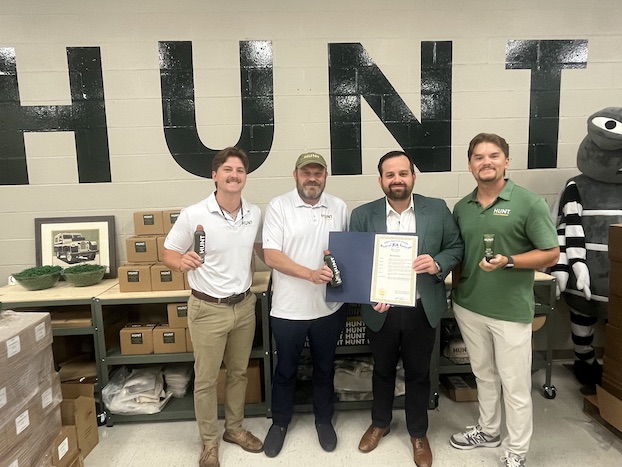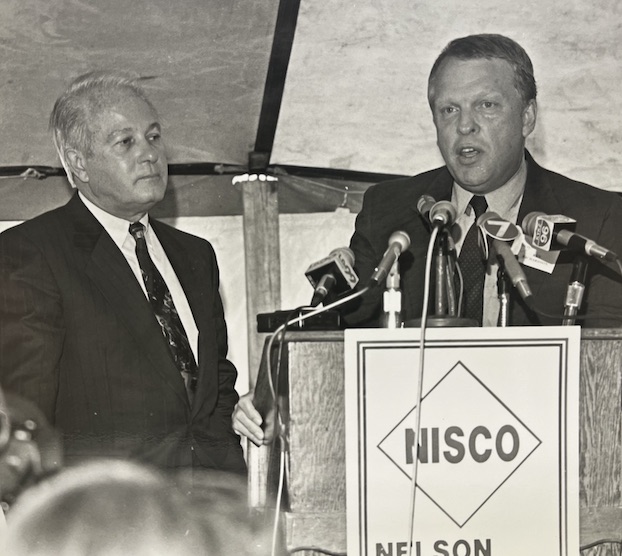Recruiting next-generation hunters
Published 7:06 pm Sunday, October 22, 2017
Youth hunts kicked off the deer season last weekend on private land in most of the state, and one of those taking a deer was 12-year-old Luke Scoggins of Longville.
He was hunting family property in Lincoln Parish from a climbing tree stand and knocked down a seven-point, 140-pounder, his largest ever.
Trending
Kori Legleu, a biologist with the local Louisiana Department of Wildlife and Fisheries, surmised that he was probably one of many juniors (17 years of age and younger) who had success that first week.
She said the theory behind the season-opening youth hunts, which has been active in recent years, is to allow the young hunters a first chance at a deer before the pressure of the hunt comes along.
“This is how we recruit our next generation of hunters,” she said. “It gives them an opportunity to get that first deer. A kid that goes out and has a successful hunt is more likely to want to hunt.”
Scoggins has been one of those kids.
He began hunting with father Brad when he was 5 years old and has recorded one deer each of his last six seasons.
Last week’s hunt was in a dense hard wood area outside of Ruston and the young hunter noted that he had been in his stand for about an hour and a half before having any action.
Trending
He said the deer came out 30-40 yards away and was eating acorns when he knocked it down with his .243 Remington.
His dad was bow hunting (deer hunting with a bow and arrow was also open) 300 yards away and didn’t see a deer until he put eyes on the one that Luke killed.
Luke, who also likes to fish and hunt squirrels with a pellet gun, is one of 13 children.
In regards to youth hunts — they are also held during turkey and duck seasons and some will even be guided — Legleu said interested parents can go on the state’s website (wlf.Louisiana.gov) to find out more about them.
Some wildlife management areas will also sponsor hunts for youths. These can be checked out on the web.
Information can also be obtained from local state wildlife and fisheries offices.





